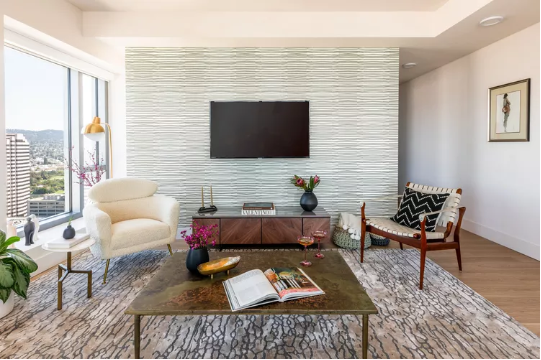
Whether you’re revamping a certain space within your home or are moving into a brand new house, you may be wondering how to best select a color palette for a given room.
We spoke with experts in the paint and design industries who have chimed in with many valuable tips on what to keep top of mind when determining the best color palette for your space.
Below, you’ll find five steps to take: evaluating a room’s light sources, narrowing down your style and aesthetic, sampling different paint colors, and much more.
1. Take Stock of the Space at Hand
Different spaces call for different colors. Before you select a color palette, ask yourself a few questions, suggests Hannah Yeo, a color marketing and development manager at Benjamin Moore.
- How will the space be used?
- What is the function of the room?
- Who occupies the space the most?
Then, Yeo says, look at the room in its current state and determine which items you will keep.
“Knowing these answers will help you narrow down your color choices,” she explains. “For example, a home office with a dark brown built-in might inspire different color choices than a kids’ playroom with bright colored accessories.”
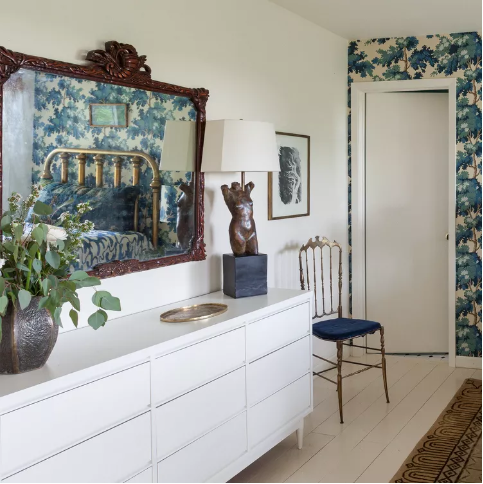
2. Keep Lighting Top of Mind
Lighting is also important when it comes to selecting which colors to bring into a room. After all, as Glidden color expert Ashley McCollum notes, “functionality is key to making the most of a space.”
The way a color appears in a room may change throughout the day, Yeo explains. She notes that morning light is cool and bright while strong afternoon light is warmer and direct, and in the evenings, you’ll likely be relying on artificial light within a space.
“Consider the time you’re in the space the most,” Yeo urges. “If you don’t get a lot of natural light, opt for light, cool colors as they tend to recede. For rooms with large windows and direct sunlight, consider mid to dark tones to counterbalance.”
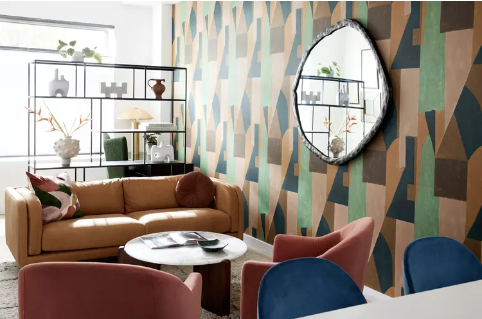
3. Narrow Down Your Style and Aesthetic
Narrowing down your style and aesthetic is a key next step, but it’s okay if you’re not sure where you stand at the moment, Yeo says. She recommends finding inspiration from travel, personal photos, and prominent colors that are in your everyday life.
Also simply taking a glance around your home and closet will prove beneficial, too.
“Look at colors you gravitate towards in clothing, fabrics, and artwork as inspiration for colors that may make a nice backdrop to in your living space,” McCollum adds.
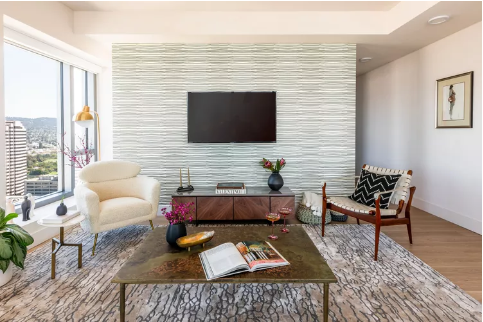
Those who don’t consider themselves color lovers may end up being surprised after completing this exercise. Most people have at least one color present in their home, even somewhat subtly, which may mean that they don’t know how to best incorporate it within a space, says Linda Hayslett, the founder of LH.Designs.
“For one of my clients, I noticed she had greens and blues repeated a lot throughout her art and in her inspiration boards, but she never once mentioned those colors,” Hayslett says. “I pulled these out for the color story, and she loved it.”
Hayslett explains how her client never imagined using blues and green but quickly realized that she loved those colors all along after seeing how they were threaded throughout her space visually.
Most importantly, don’t let the opinions of others sway you too much during this process.
“Remember, color is a personal choice,” Yeo says. “Don’t let others influence the colors that you feel comfortable surrounding yourself with.”
Then, work to ensure that the style you land on will shine in your specific space. Yeo suggests creating a mood board by starting with a few colors and seeing if they blend or contrast with the existing colors in the space.
“Try using a total of three to five hues as a guide in creating a harmonious color scheme,” Yeo recommends.
4. Choose Paint Colors Last
It may be tempting to select a paint color that speaks to you and start covering your walls as the first step in your design process, but paint should actually come later in the decorating process, according to McCollum.
“It’s much harder—and more expensive—to pick out or change furniture and décor to match a paint color than to do it the other way around,” she notes.
5. Follow This Key Design Rule
In relation to the above suggestion, McCollum notes that you will want to focus on following the 60:30:10 rule of interior design. The rule recommends using the most dominant color within the palette for 60 percent of the space, the secondary color for 30 percent of the space, and the accent color for 10 percent of the space.
“The palette can flow cohesively from room to room by using common colors in various amounts,” she adds. “For example, if a color is featured as the dominant color in 60 percent of one room, it can be used as an accent wall or accent color in an adjoining room.”
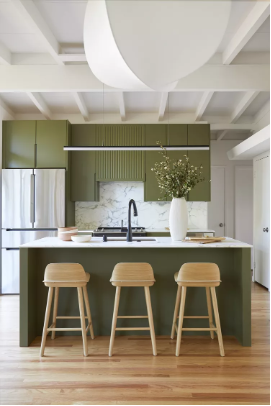
6. Sample Your Paints
Sampling a paint color before getting started on your project is perhaps the most important aspect of this process, Yeo explains, given that variations due to light are so significant.
“View the color throughout the day and move around from wall to wall when possible,” she suggests. “You may see an unwanted undertone in the color you selected. Tweak them as you go until you land on a color.”
Hold the swatch up against furniture and flooring to ensure it complements these elements of the room, too, McCollum advises.
Any questions please feel free to ask me through Andrew@sinotxj.com
Post time: Aug-15-2023


